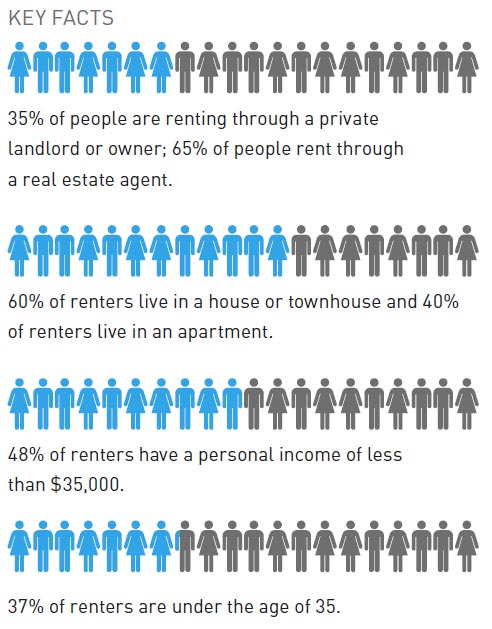In investment terms, a safe haven is exactly what it sounds like: a place of relative safety when times are tough. Traditionally, safe haven assets have been physical, such as gold and silver, the US dollar and the Swiss Franc.
More recently, Bitcoin, and other intangible assets, have been entering this discussion. An example of the latter would be one of the many gold Exchange Traded Funds (ETF), which are shares of gold holdings listed on a stock exchange, a financial claim, or US and German government bonds.
But can these intangible assets really replace the tangible? What changes as our society becomes increasingly digital?
Let’s use gold as an example. Gold is a real and tangible asset, similar to currencies but unlike stocks, government bonds, virtual currencies and other financial claims. Gold is also durable with an effectively infinite longevity and thus completely different to any other asset.
These are the aspects that give gold its prominent position as a safe haven, and they are precisely what the likes of Bitcoin lack.
Real safety versus financial safety
Safe havens provide safety like a harbour does for boats against rough seas. The harbour does not protect the boats against all risks, but provides some protection against storms and big waves.
The question when it comes to intangible assets is whether this same kind of safety can be provided by something that is not real and tangible. In other words, could an insurance contract (a financial claim on an event) provide similar relative safety as gold? The answer is no.
An insurance contract can compensate for a loss, but it does not avoid the actual loss. The loss must be incurred and suffered first, and the compensation is only paid subsequently, with a delay. In other words, whilst the loss is immediate, the compensation is not.
A real safe harbour, in contrast, provides immediate safety and avoids a loss in the first place, i.e. the boat is not destroyed and lost in the rough seas of the ocean but it is protected by the harbour. This loss-avoiding feature may be particularly important if the asset also has some intangible features that can neither be valued accurately nor be fully compensated. Think of something like a unique painting.
Additionally, the insurance contract does not only fail to avoid the loss in the first place, it may also fail to pay any compensation if the issuing company is in financial trouble or bankrupt. This “counterparty risk” is always there but may be large in times of financial stress and uncertainty, and thus when the safe haven feature is needed the most.
Tangibility and durability
We know from behavioural finance that humans do not always act rationally in a strictly financial sense. Some of these decisions are linked to elementary desires, such as the want to possess something that is tangible and additionally signals status and wealth.
Gold has often been referred to as a relic. But from a behavioural perspective, this may also mean it is ingrained in our subconsciousness and related actions. Put differently, as long as humans remain tangible, it is likely that they maintain a desire to hold real and tangible assets.
Very few companies on the US stock exchange, for example, are older than 50 years. By comparison, gold has existed for thousands of years and any gold coin or gold bar will most likely outlive any company and their stocks and bonds. Put together, it is unlikely that a company that sells claims on gold, such as a gold ETF, will beat physical gold’s longevity.
So if you have the choice of physically holding gold coins and bars or buying a financial claim on gold, only the former is providing you with all the benefits of a safe haven.
There is another aspect to this physicality. While the stock market is a great invention, allowing investors to buy fractions of companies (buying a few shares rather than the entire company, for example), this was never a problem with gold. Gold is highly divisible, able to be manufactured and purchased from as little as a few grams right up to 12.5 kg gold bars. The main reason for not holding physical gold is the cost of storage, but this cost does not necessarily outweigh the counterparty risk alluded to earlier.
The horror scenario
Imagine there is a systemic shock that triggers global stock markets to fall by 15% within a couple of hours. You can’t access your online brokerage account immediately as the website is down. And by the time you can, the markets are in free fall and you would lose a third of your wealth if you sold some of your holdings.
It’s in this situation that tangible assets really come into their own. Your real and tangible assets – your gold coins and bars – will still be there and accessible. Trade in them can’t be halted by a company or an exchange, they can’t easily be seized or cancelled by a desperate government, and they don’t rely on a third party (such as an insurer) being able to pay.
Gold and silver will long outlast any of that. The tangible will provide you with some relief.
Author: , Professor of Finance, University of Western Australia













